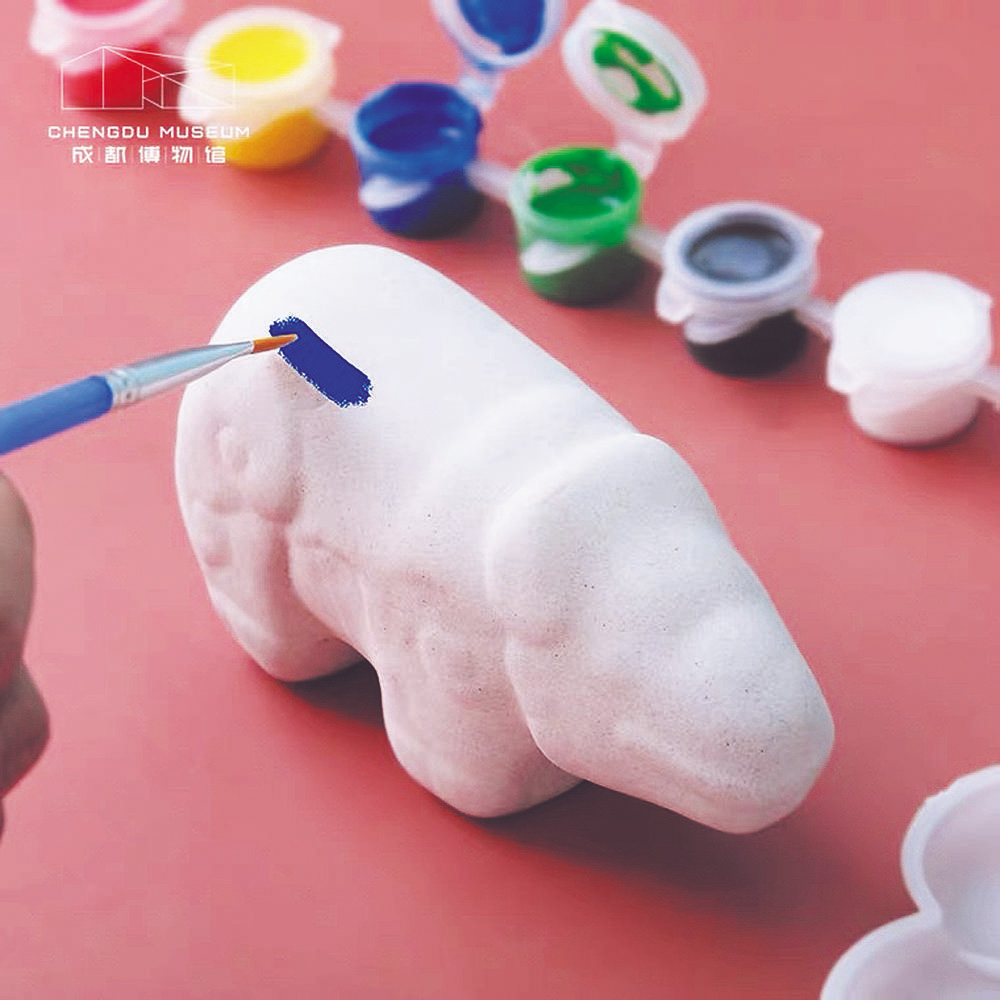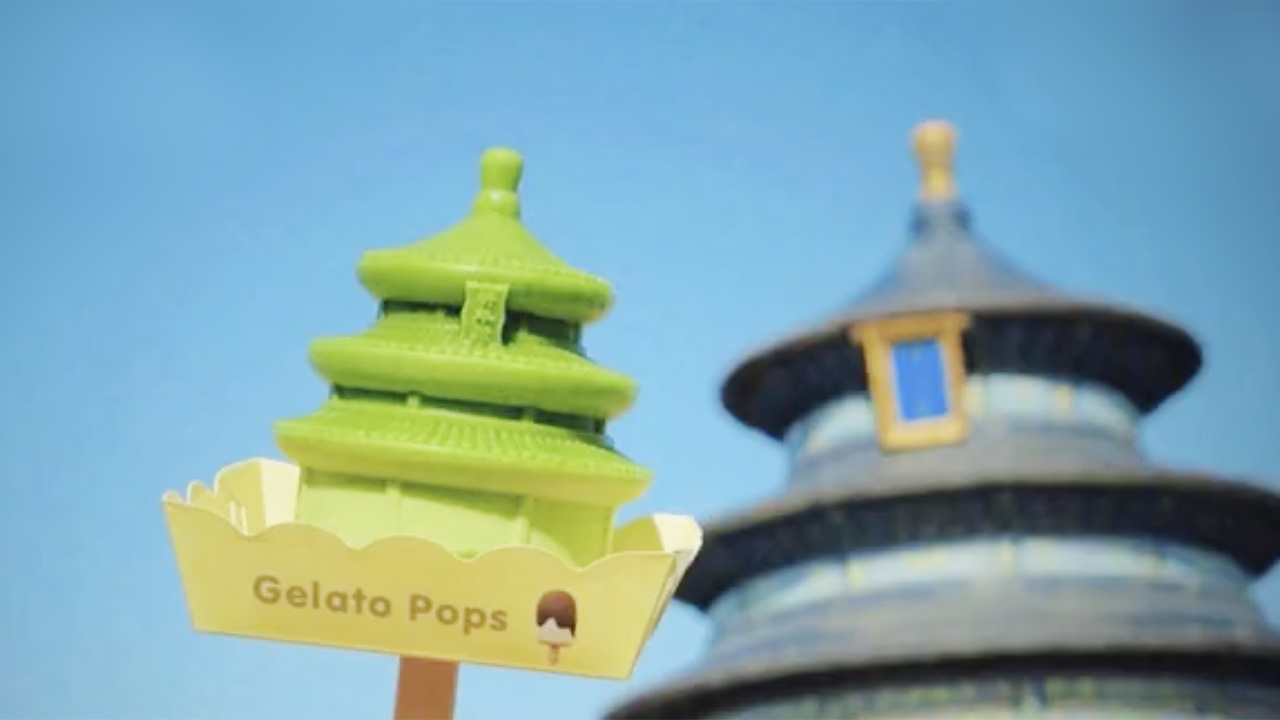Amid the domestic travel rejuvenation that swept China over the Labor Day vacation, May 1 to 5, with tourists making 230 million trips and providing renewed optimism for industry stakeholders, cultural destinations, from museums to landmark attractions to libraries, are capitalizing on the mass return of onsite visitors with the release of cultural products, often known in China as wenchuang goods.
The Jing Travel Angle: For three years now, Tsinghua University in Beijing has hosted a “Cultural and Creative Carnival Fair” on its campus over the Labor Day vacation, an event that showcases collaborations between brands, cultural organizations, and designers. The event may be modest in scale, welcoming fewer than 50,000 visitors, but one of China’s premier universities actively promoting cultural goods is evidence of the multimillion yuan industry’s maturity and explicit state support.
On site at China’s leading cultural destinations — many of which sold out tickets days ahead of the four-day break — a visit typically included the purchasing of a wenchuang product and a “check-in” post to social media (with livestreaming and video-uploads aided by China’s extensive 5G network).


Over the holiday, Chengdu Museum released a series of products based on its famed gem rhinoceros, dubbed “Niu Niu,” (above) and Sanxingdui Museum emerged as a popular location to “check in” (below). Images: Weibo
This year’s trending item was artisanal popsicles shaped to resemble iconic cultural landmarks — think pandas and opera masks in Chengdu, towers from Shanghai’s Oriental Pearl Tower to the Tiger Hill Pagoda in Suzhou, and edible bronze from the National Museum’s rhino wine vessels to the Palace Museum’s stoic lions. Flavor, it seems, was secondary with two hashtags related to cultural popsicles generating more than 50 million reads on Weibo.
While creating wenchuang products is somewhat ubiquitous for Chinese cultural destinations, the Sanxingdui Museum in Sichuan province, which houses treasures from the Shu dynasty, is something of an industry leader. Since mid-2019, the museum has developed more than 300 cultural products from daily necessities to limited edition collectables — it was one of the first Chinese museums to harness the craze for “blind box” selling. Ahead of Labor Day, it doubled its inventory of cultural products to meet anticipated demand (more than 15,000 daily visitors). Naturally, Sanxingdui boasts its own popsicles shaped like the distinctive masks synonymous with the site (earthy chocolate and bronze matcha).
With China’s travel energy and consumption domestically contained for the foreseeable future, the market for wenchuang products will only grow. Dunhuang Museum, though, found out to its peril that there are limits to what products cultural organizations can co-brand, with the Gansu institution coming under fire for launching an e-cigarette with Shenzhen-based vapists Boulder International.



